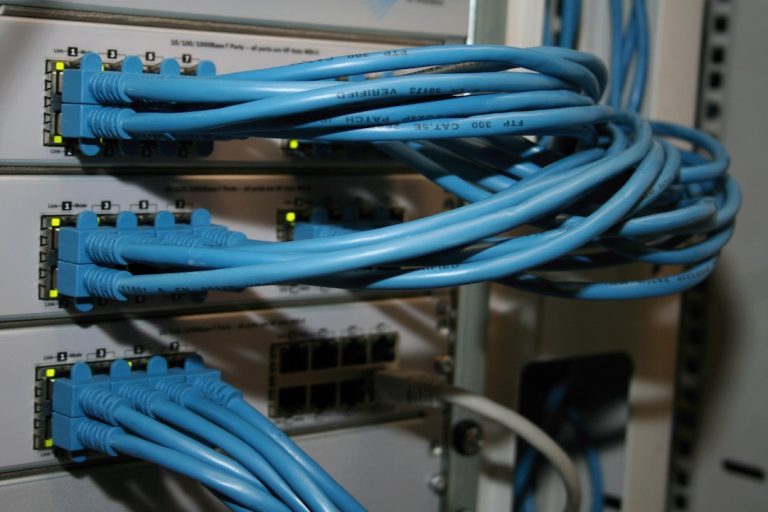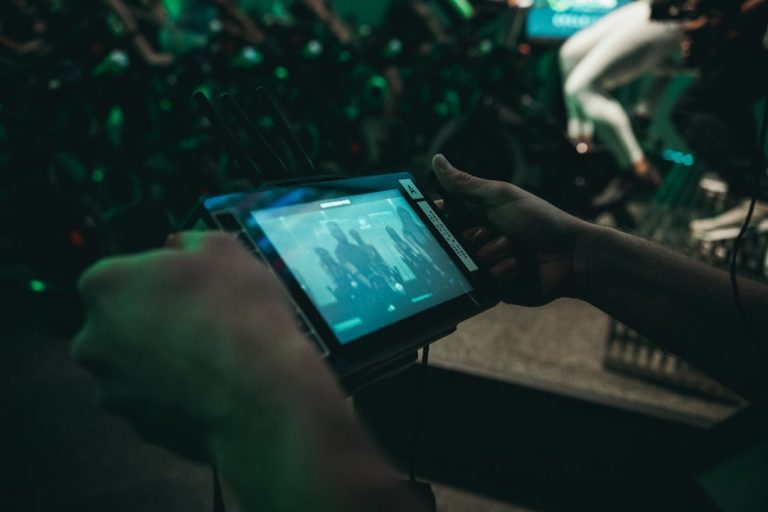In the digital age, where online privacy and internet freedom are under constant threat, tools like V2Ray have gained prominence among users seeking secure and unrestricted web access. As more people explore methods to bypass censorship and surveillance, a common question arises: Is V2Ray a proxy or VPN? To answer this properly, it’s important to delve into how V2Ray works, what it is built for, and how it compares to traditional proxies and VPNs.
V2Ray is not a VPN in the traditional sense. Rather, it is a flexible and advanced proxy tool, often used to build custom proxy environments that can rival or even outperform VPN setups under certain conditions. Developed as part of the Project V initiative, V2Ray includes multiple protocols, the most notable being VMess, designed specifically for encrypted traffic and concealment from detection systems.

At its core, V2Ray acts as a platform for proxy services. It supports various outbound and inbound protocols such as VMess, VLESS, SOCKS, HTTP, Shadowsocks, and more. This configurability allows users to tailor their network traffic to evade censorship, optimize speed, and enhance privacy. Unlike VPNs, which usually route all internet traffic through a secured tunnel to a chosen server, V2Ray allows for granular control over what traffic is tunneled and how. For instance, V2Ray users can direct only certain types of traffic (say video streaming or social media) through proxies while allowing regular traffic to use the default ISP path.
So, while VPNs and proxies can both be used for similar ends—like hiding IP addresses, bypassing firewalls, or encrypting data—the distinction comes in how they operate. VPNs typically use fixed tunneling protocols like OpenVPN or WireGuard, encrypt all traffic uniformly, and provide a simpler out-of-the-box user experience. On the other hand, V2Ray is for users who need advanced routing, adaptive concealment techniques, and stealth under heavy surveillance or censorship conditions.
To make it clearer, consider the analogy: a VPN is a ready-made suit, while V2Ray is the fabric and thread that allow you to design the suit however you want. Although both aim to protect your data and maintain online access, V2Ray offers the level of customization necessary for complex or high-risk network environments.
Furthermore, V2Ray can be combined with other tools like TLS encryption, WebSocket tunneling, and CDN rerouting to further obscure traffic patterns, so even trained analysts or automated firewalls will find it hard to detect proxy usage. This makes V2Ray a preferred choice in countries where VPNs themselves are blocked or throttled.
In conclusion, V2Ray is technically a proxy framework rather than a VPN. It’s more powerful in its flexibility, although less user-friendly for the average consumer. VPNs remain a solid choice for users prioritizing simplicity and full-device protection, while V2Ray caters to power users and tech-savvy individuals facing more complex digital challenges.
Frequently Asked Questions (FAQ)
-
Is V2Ray safer than a VPN?
Not necessarily “safer”, but V2Ray can be harder to detect in high-surveillance environments due to its customizable obfuscation techniques. However, proper configuration is critical to its effectiveness. -
Can I use V2Ray as a VPN?
V2Ray can mimic some VPN functionalities, but it doesn’t provide a full VPN-like experience unless combined with system-wide tunneling tools or client applications that make it work as a VPN substitute. -
Is setting up V2Ray difficult?
Yes, compared to setting up a commercial VPN, V2Ray requires command-line usage, server configuration, and understanding of networking protocols, making it more suited for advanced users. -
Does V2Ray hide my IP address?
Yes, when configured properly, V2Ray routes your traffic through an intermediate server, which hides your original IP address from the destination server. -
Can V2Ray bypass firewalls?
Yes, especially when used with obfuscation methods like WebSocket, TLS encryption, or domain fronting. It’s highly effective in circumventing deep packet inspection (DPI) and firewalls.




